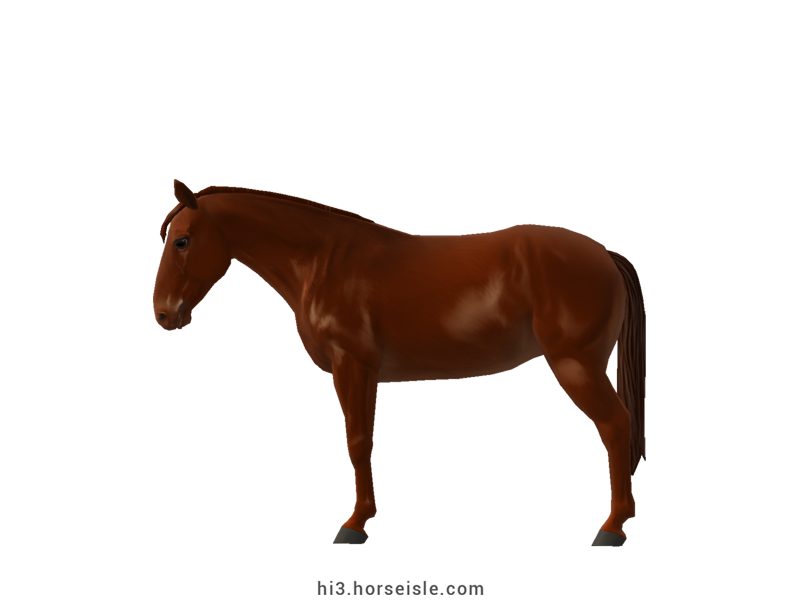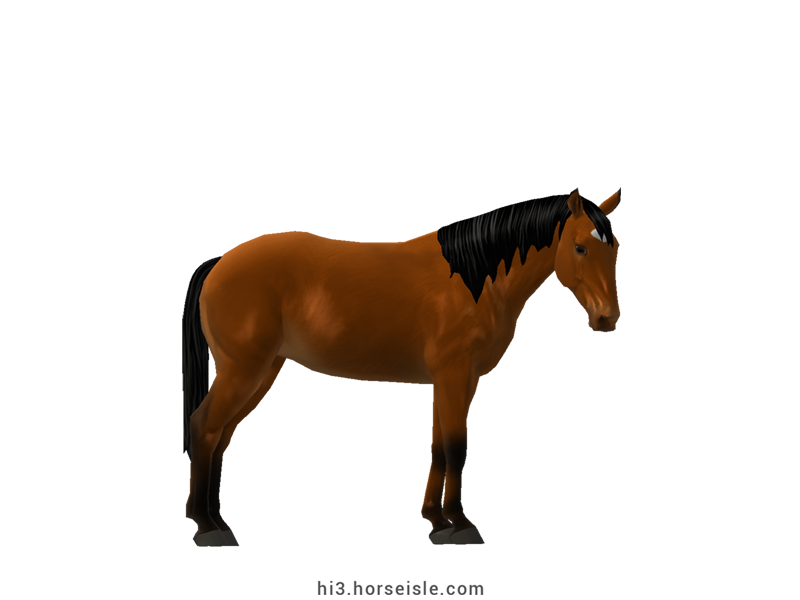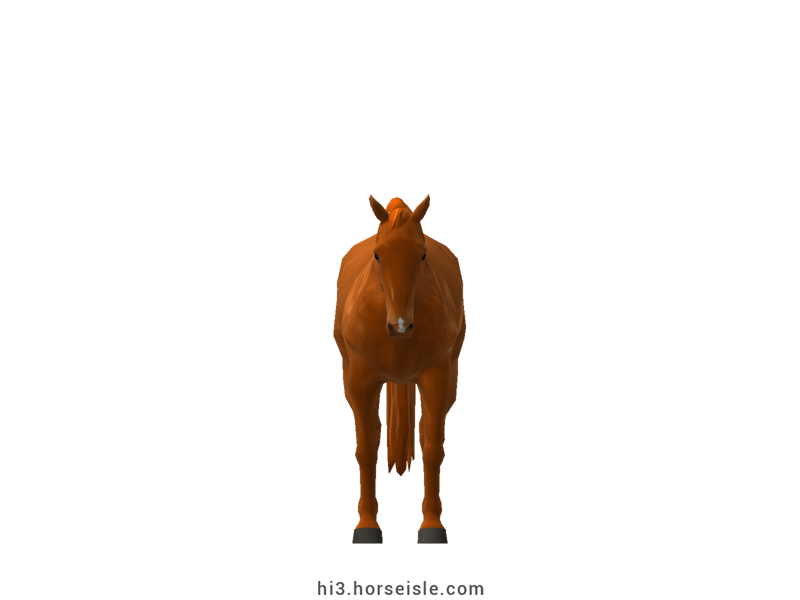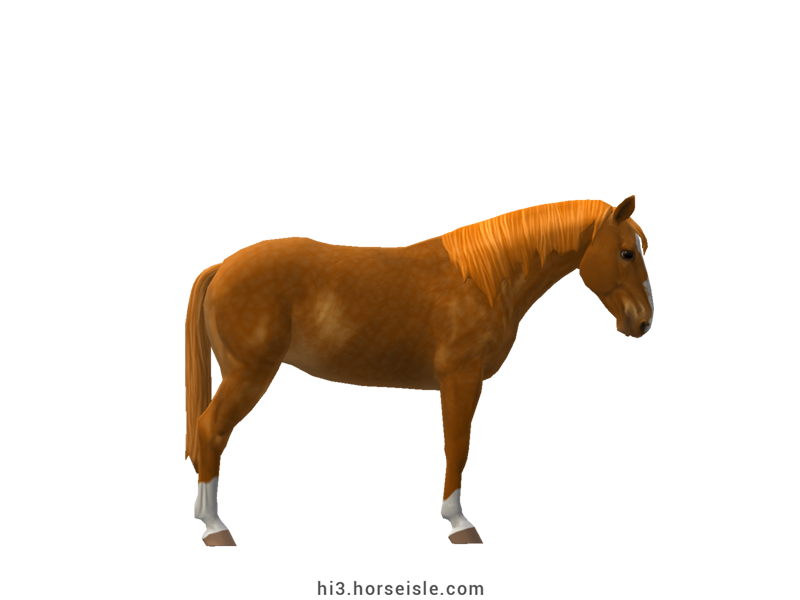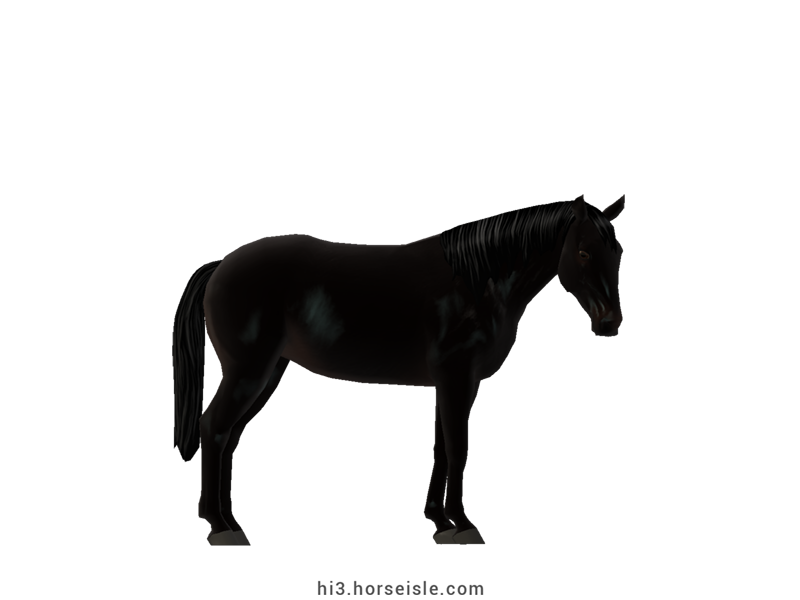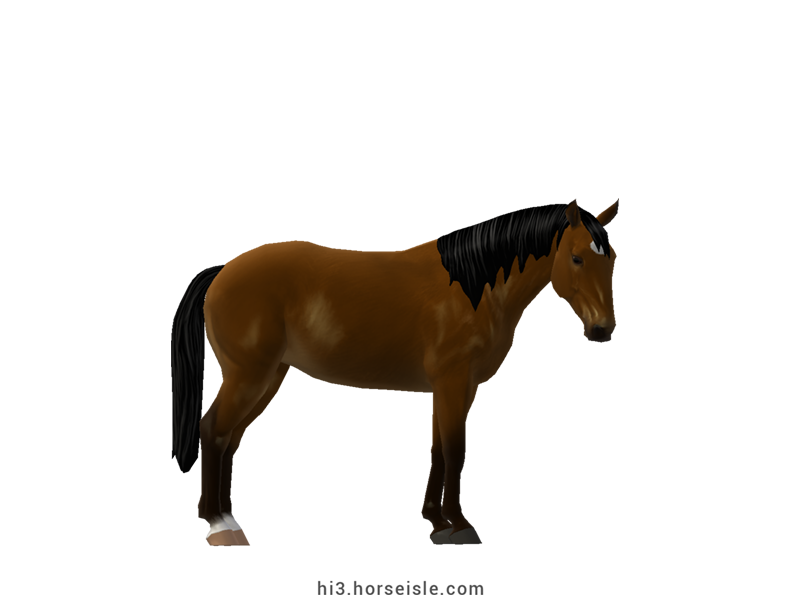Our Massive Real World Equine Reference!
[ INDEX ] Equine Type: Horse Breed: Einsiedler [ PREV ] [ NEXT ]
The horse from the abbey:
The story of the Einsiedler begins in the 10th century, with the foundation of the Einsiedeln Abbey. The monks of the abbey received horses of good quality from wealthy families, and began breeding them for riding, as well as for pack and farm work. These horses became known as 'Einsiedlers' and 'Cavalli della Madonna'.
Einsiedlers became popular in the region, and many were sold to local families. As the centuries progressed the breed grew in popularity, and the monks expanded their herds. Starting from the 17th century, the monks began recording their herds in writing, thus establishing one of the first studbooks in Europe.
A nearly disasterous invasion:
The Einsiedler was bred in purity until the French invasion of Switzerland in 1798, during which most horses were stolen from the abbey.
After the invasion, the monks returned to the looted abbey and bought new horses from the local families. They couldn't tell for sure if these horses related to the original Einsiedlers which were stolen, but nevertheless they used them to re-establish the breeding program for Einsiedler horses, and bred for the same conformation and properties that the original Einsiedlers had.
Pedigrees and improvements:
In the 19th century, the monks began documenting the lineages and pedigrees of their horses in two studbooks, known as A and B. Three maternal bloodlines, called 'Klima', 'Quarta', and 'Sella', still exist today, and Einsiedler horses of these lines can be traced back to studbooks A and B.
Another event that took place during the 19th century was crossing Einsiedler horses with Anglo-Norman and Yorkshire Coach Horses, in order to generate better cavalry and harness horses.
Furthermore, after World War II ended, Einsiedlers were also crossed with different European sport warmbloods in order to improve their performance as sport horses. These crossbreedings gave birth to the Swiss Warmblood (see the 'Swiss Warmblood' for more information.)
The Einsiedler today:
Today, the breeding goal of the Einsiedler breed is identical to that of the Swiss Warmblood: to generate a sport horse that is suitable for Olympic disciplines. This is why the conformation of both breeds is identical, and why Eisiendlers are eligible for registration as Swiss Warmbloods.
Why Einsiedles are not Swiss Warmbloods:
Because of the similarities between the Einsiedler and the Swiss Warmblood, many consider the two as one and the same. However, the care taken by Einsiedeln Abbey to not overly dilute the bloodlines of the Einsiedler and to maintain the three maternal lines of Klima, Quarta, and Sella, is what differs the Einsiedler from the Swiss Warmblood, and why the two are separate breeds.
Conformation:
As mentioned above, the conformation of today's Einsiedler is identical to that of the Swiss Warmblood.
In Horse Isle, however, no two breeds can have an identical conformation, and therefore the Einsiedlers in Horse Isle have a convex profile, and a heavier and more rustic conformation than that of the Swiss Warmblood. This conformation is similar to the conformation that Einsiedler had in the late 19th century and early 20th century.
Performance metrics:
The following are the: range, average, (SD), and MOE of performance metrics of ordered Einsiedlers in Horse Isle (not bred ones). In rare cases,
Speed: 16.1-17.3, 16.7 (0.3), 0.05.
Sprint: 53-67, 58 (3), 0.55.
Accel: 0.90-1.07, 0.99 (0.04), 0.01.
Decel: 0.97-1.14, 1.05 (0.03), 0.01.
Jump: 5.16-5.43, 5.28 (0.06), 0.01.
Pull: 2.75-3.55, 3.12 (0.16), 0.03.
Turning: 50.46-64.66, 58.24 (2.99), 0.59.
Reverse: 2.4-3.1, 2.8 (0.1), 0.03.
Stamina: 50.70-56.33, 53.52 (1.19), 0.23.
Reaction: 0.77-0.86, 0.82 (0.02), 0.00.
Coats & Height:
Colors: usually bay or chestnut, but also black, and brown.
Additionals: flaxen, sooty. The coat is always solid, but often has white markings.
Height: 15.3hh to 17.1hh.
[ INDEX ] [ PREV ] [ NEXT ]

